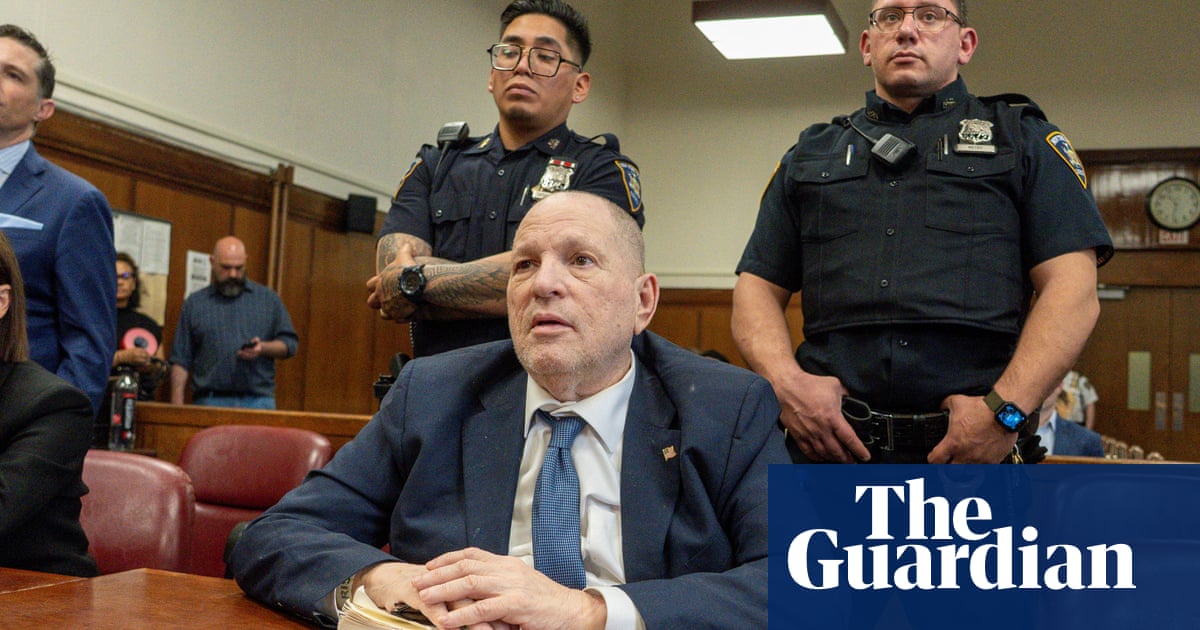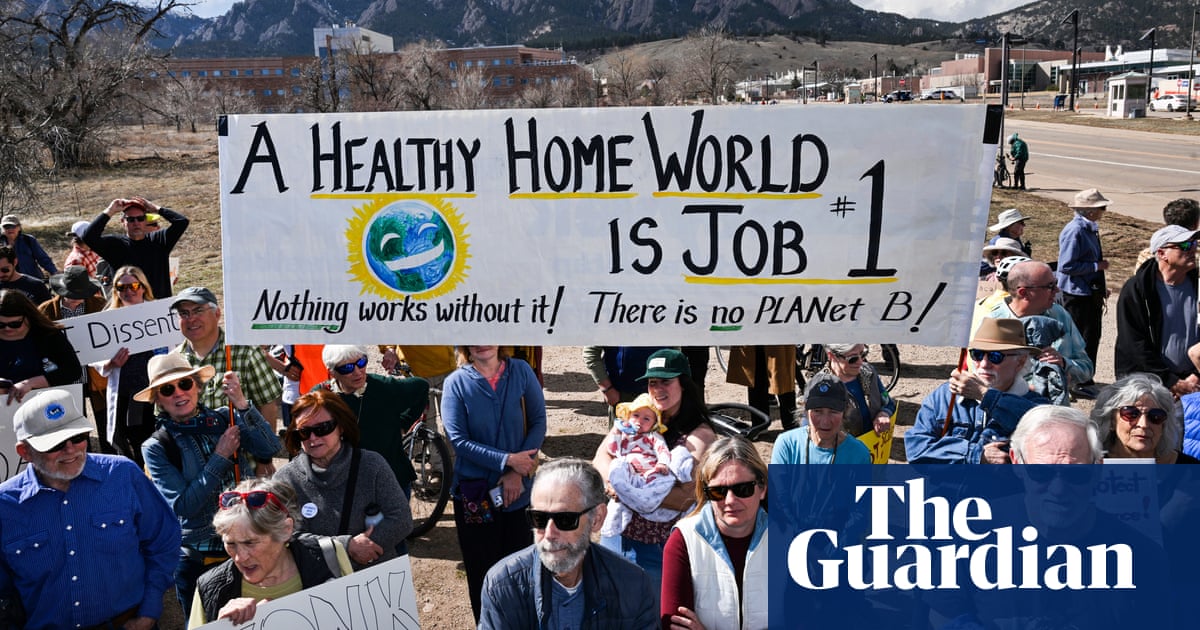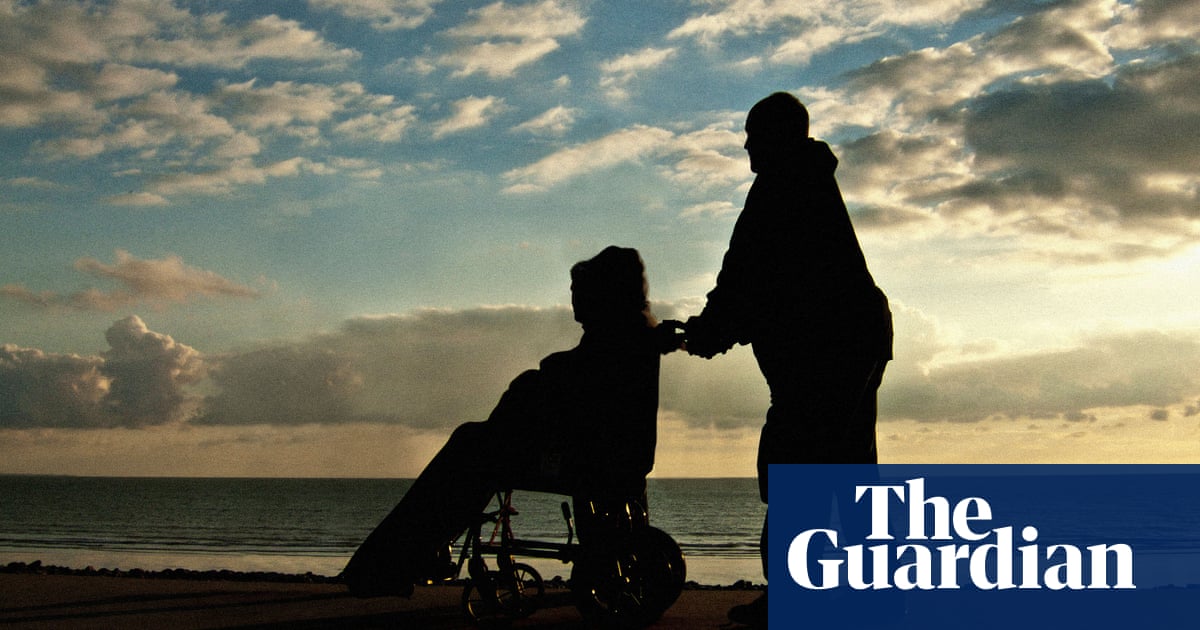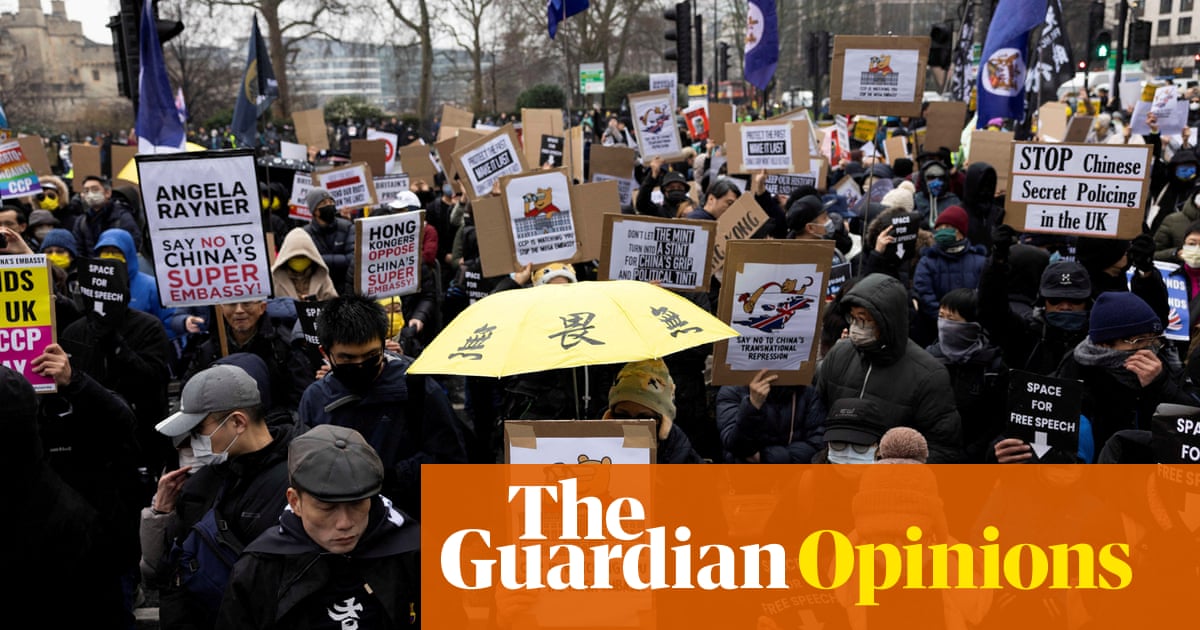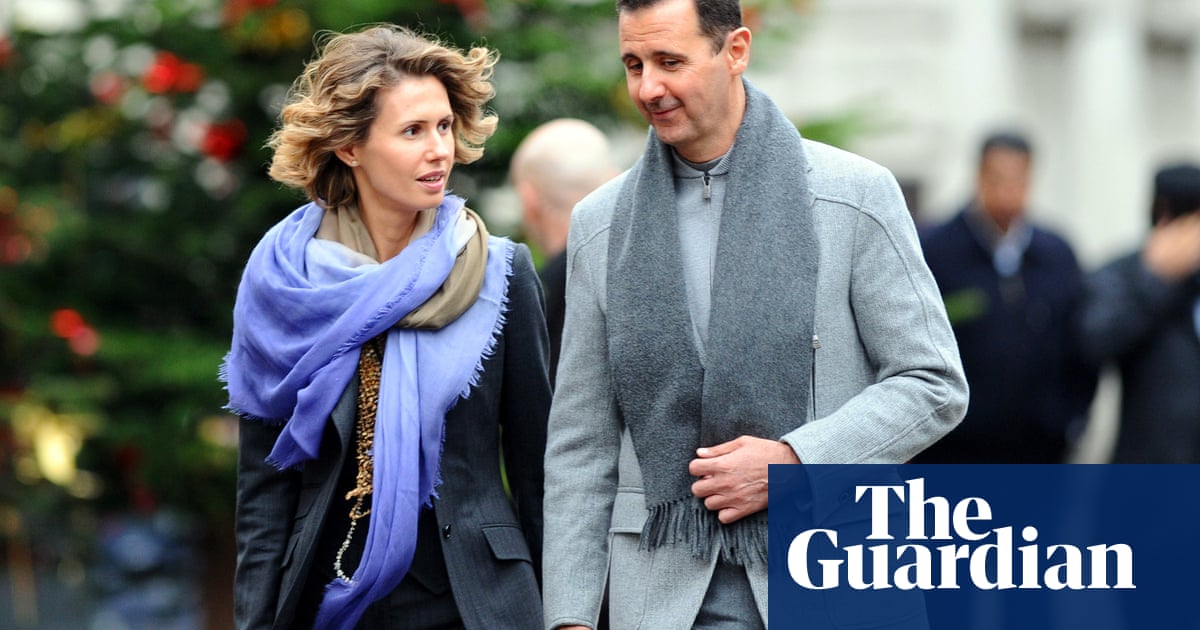Damp, mould, rats in children’s bedrooms – no one should be living in the conditions many of my constituents do. And yet, in one of the wealthiest parts of the country, this is the daily reality for far too many families.
Since being elected as MP for Kensington and Bayswater last year, I have been contacted more about housing than any other issue. More than half of the people who get in touch with my office want my help with housing problems: homes riddled with damp and mould; residents left waiting months – sometimes years – for basic repairs; people placed in temporary accommodation miles from their communities. The scale of the problem is enormous, and the damage is having a real impact on people’s lives.
As we approach the eighth anniversary of the Grenfell Tower fire, which killed 72 people in the community I now serve, we are still confronting the same culture that led to the tragedy: a system that ignores, belittles and disrespects the voices of social housing tenants. The Grenfell inquiry described how residents were treated by their housing provider as “a nuisance, or worse”. That culture is still alive in our housing system, and I see the consequences of it every day in the emails and letters I receive from residents.
A recent housing survey I conducted of residents in Kensington and Bayswater reveals just how deep the crisis runs. Just over half (51%) of the 146 residents who responded said damp and mould were a major issue in their homes; 89% had reported a problem to their landlord in the past year, but 78% of those said it was not fixed at the first time of asking. And behind these statistics are stories of daily struggle.
Take Sancha, who lives next to Grenfell with her five children. Her son uses a wheelchair and is waiting for open-heart surgery. They live on the top floor of a building where the lift constantly breaks. Their flat has no heating and no reliable hot water. She has been waiting more than three years to be moved to a suitable property in the borough of Kensington and Chelsea – and has heard nothing.
Lacey, a mother of a six-year-old with autism, told me her daughter has tried to jump out of the window twice. Despite safeguarding warnings, the family remains in overcrowded, unsafe housing. “I’ve reached burnout,” she said.
One parent told me their son is missing school due to chronic respiratory problems caused by damp and mould in their home – the very same hazard that led to the tragic death of Awaab Ishak in Rochdale in 2020 after he was exposed to extensive mould in the one-bedroom flat he shared with his parents.
Poor housing is one of the hidden drivers of inequality in the UK – limiting children’s opportunity, damaging people’s health and compounding the cost of living crisis. But here in Kensington and Bayswater, we sit at the sharpest edge of it. This is one of the most unaffordable places to live in the country, with some of the worst housing inequality anywhere in Britain – where, on average, just 39 social or affordable homes are built each year. That’s the third-worst record in London, according to Trust for London. And it’s unacceptable.
The positive news is that this government has committed to tackling our housing crisis from multiple angles. This includes the biggest increase in social and genuinely affordable housing in a generation as part of the 1.5m housebuilding target for England. To achieve that, the government recently announced £2bn to deliver up to 18,000 new social and affordable homes, with significantly more expected in June’s spending review.
Alongside new homes are new laws and regulations governing housing quality, with Awaab’s law coming into force in October, the long-overdue renters’ rights bill (which the Tories are still trying to thwart), and requirements for more training and professional standards for housing officers.
But from experience in my constituency, those policies will only deliver for residents if they are matched by a change in how social landlords operate. For example, I don’t believe any of our housing associations are currently capable of implementing Awaab’s law, including a 24-hour repair window for emergency levels of damp and mould. Too many are still failing to take basic responsibility, communicate clearly or treat health hazards with the urgency they demand.
That’s why last week I launched a safe and healthy homes campaign, asking housing associations and local councils to sign up to three specific commitments: to deliver faster and higher-quality repairs services; to inspect and resolve damp and mould issues in line with Awaab’s law; and to improve communications, so residents receive accurate, timely and respectful updates about their homes. Some of the commitments will be legally enforceable by the autumn – and the key housing providers met residents at a public meeting on Thursday, where they agreed to the three commitments and added more of their own. They can be sure that I will hold them to account.
My hope is that this part of west London – with the legacy of Grenfell and its roots as the birthplace of many of the UK’s social housing landlords – can become a test bed for change. Because if we can get it right here, we can set the standard for the rest of the UK.
But more than that, this is about restoring trust – not just in housing providers, but in the institutions meant to serve and protect us. When families feel unheard, ignored and forced to live in unsafe conditions, it erodes faith in the entire democratic system. If local and national governments can’t deliver something as basic as a safe home, people will lose faith in democracy itself. Fixing this crisis is central to this government’s mission: to restore trust and prove that public services can deliver – for everyone, no matter where they live.
-
Joe Powell is the Labour MP for Kensington and Bayswater

.png) 1 day ago
7
1 day ago
7








